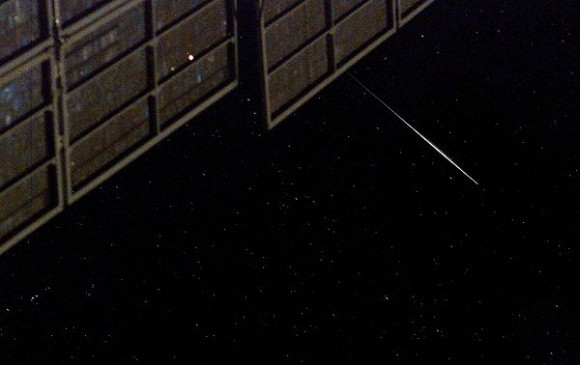A space debris expert at NASA says that this is the largest spacecraft collision between objects to date, and that many satellites in polar orbit may be damaged

A commercial communication satellite of a company Iridium, which provides low-orbit communications services collided with a Russian satellite or satellite debris on Tuesday, creating a cloud of low-orbit debris around Earth. A source quoted on the CBS news website said that the US Space Command tracked 280 fragments, most of them from the Russian satellite that was already wandering in space without a role after it stopped working. It seems that the International Space Station is not threatened at this stage by the fragments, but it is not clear whether the fragments do not endanger other satellites in a similar orbit.
Iridium operates a constellation of 66 satellites, including several spare satellites, that provide satellite phone services worldwide. The company confirmed the collision.
One NASA administrator, whose name was not mentioned, confirmed the collision and said that "everyone says that the risk of further collisions with NASA satellites is minimal. In another article, on the Spaceflightnow website, Nicholas Johnson, the chief scientist dealing with space debris at the Johnson Space Center in Houston, is quoted as confirming the collision "The collision took place at an altitude of 790 kilometers above Siberia on Tuesday around 12 noon Washington time (19:00 Israel time). According to him, NASA's space radar network detected a large number of fragments from both objects.
Iridium satellites orbit the Earth in an orbit inclined at 86.4 degrees to the equator at an altitude of about 800 kilometers, while the space station orbits the Earth at an altitude of about 400 kilometers in its orbit inclined at 51.6 degrees to the equator. Other civilian satellites operate in a similar polar orbit to Iridium's and may face increased risk from the collision.
Johnson says this is an unprecedented collision. "Nothing of this kind has happened before. We have had three previous collisions between what we call cataloged objects, but they were much smaller than these objects and we were always talking about medium-sized objects and small fragments. These two satellites are relatively large objects, so this is the first major collision in space unfortunately."

16 תגובות
Indeed an accurate description of what I saw in the sky.
At first I thought it was a missile, the tail of the orbit, etc. As far as I could see it did not enter the atmosphere but a low orbit, the question is who knows what it was
Thanks 2
Really funny:
Indeed - you are really funny (but really!).
You are welcome to stay depressed.
Last night I was with my girlfriend on the beach, and we saw something glowing flying along the entire sky from north to south... At first I thought it was a shooting star or something like that... But then I saw that it was really long... It already resembled a missile in flight... It literally crossed the entire sky End to end…
A bright yellow stripe flies with a trail, really beautiful...
Wow Michael R... one of the witty and sharp...
With jokes and humor like yours - it's better to stay depressed..
Eyal A:
I even thought it was an operating system, so I wished it Windows Paz
Michael,
Which dos calls itself dos? No need to swallow the nonsense of this bore.
Doss:
A night of rest and golden windows
Everything is in the hands of the Holy One, blessed be He. Both the satellites and the orbit of the celestial bodies.
And Darwin's 200th birthday of course
A historical date that will be remembered as the first space accident (and the elimination of Morenia)
In Mochesh at 2330 a huge meteor passed from north to south I watched it in Herzliya were there other observers
If it can happen by accident it can also happen on purpose. Long live the satellite destroyer industry. A new and promising research channel for the world's arms factories.